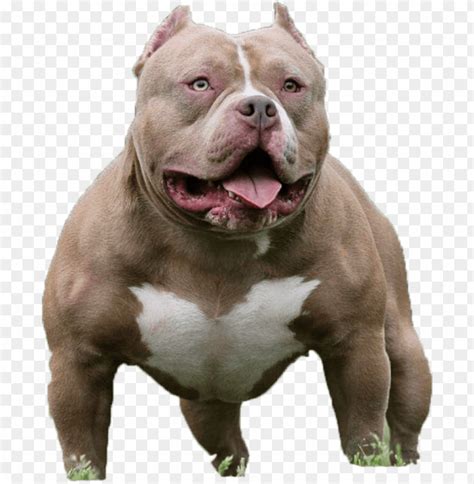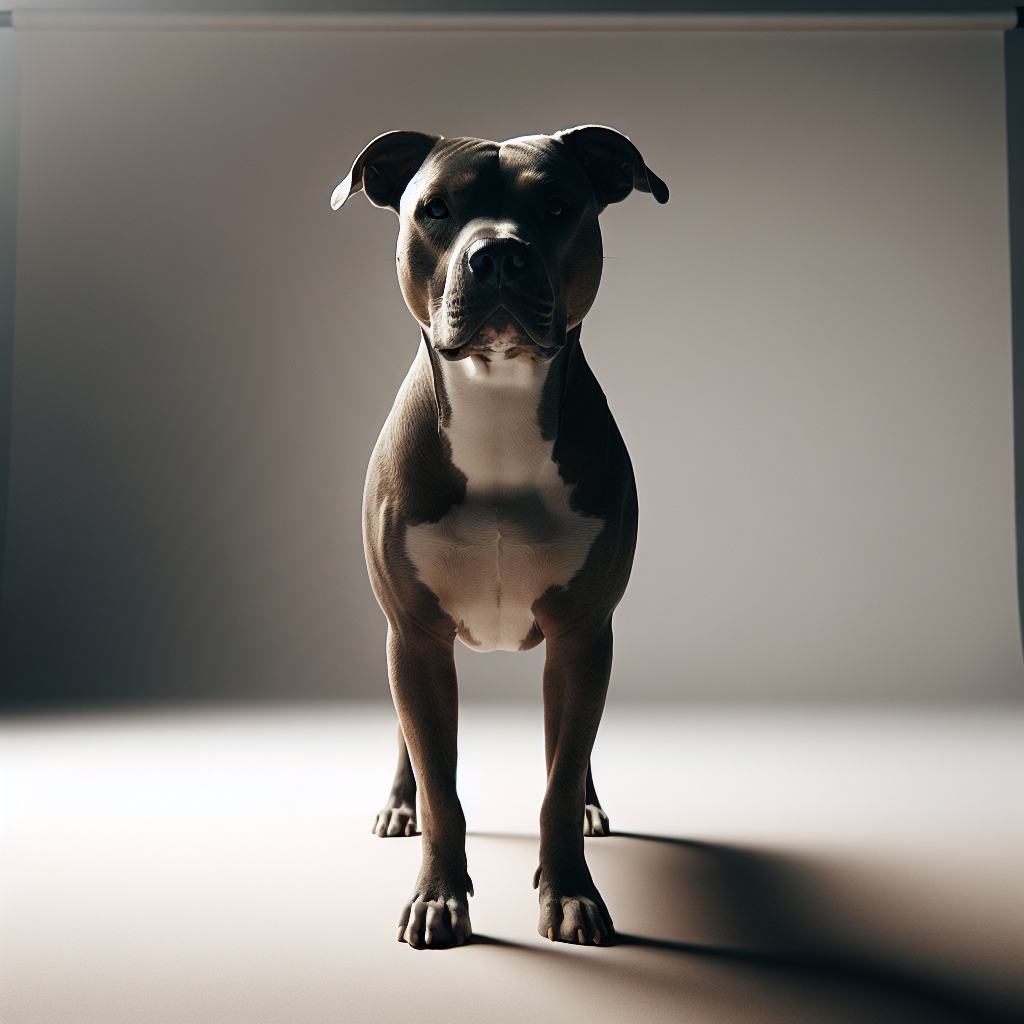
Introduction
Did you know that the height of a Pitbull can provide crucial information about their overall health and well-being? As a dog owner, it is essential to understand the factors that affect your furry friend’s growth and development. In this article, we will delve into the world of Pitbulls, shedding light on various aspects associated with their height and stature. By the end, you will have a better understanding of your Pitbull and be better equipped to make informed decisions regarding their care.
Height of Pitbull: Factors Influencing Stature
There are several factors that contribute to the height of a Pitbull, and understanding them can help owners manage their dog’s growth healthily. Genetics play a significant role in determining a Pitbull’s ultimate height. If both parents are large, it’s more likely that their offspring will grow to be large as well. On the other hand, smaller parents will likely produce smaller pups.
Diet is another major factor that can affect a Pitbull’s height. A balanced and nutritious diet will support healthy growth and development, whereas an inadequate or unhealthy diet can stunt growth and potentially lead to health issues. It’s worth noting that overfeeding may also be detrimental, as excessive weight gain may place undue strain on growing joints and bones. Always consult with your veterinarian to devise a suitable diet plan for your Pitbull.
Height of Pitbull: Variances Between Breeds
Contrary to popular belief, the term “Pitbull” refers to a group of breeds, including the American Pit Bull Terrier, American Staffordshire Terrier, and Staffordshire Bull Terrier. The height of Pitbulls can vary greatly depending on their specific breed. For example, the American Pit Bull Terrier typically stands 17 to 21 inches tall at the shoulder, whereas the smaller Staffordshire Bull Terrier measures about 14 to 16 inches in height.
It’s important to note that there is no standard when it comes to the height of mixed breed Pitbulls, as their stature will be determined by the specific combination of breeds present in their lineage. Breeding practices have also led to the creation of unofficial Pitbull “sub-breeds,” such as the Pocket Pitbull and the XL Pitbull, which can have considerably different heights compared to their purebred counterparts.
Pitbull How Tall: Growth Patterns and Predicting Mature Height
Pitbulls, like most dogs, experience a series of growth phases before reaching maturity. Pitbull puppies grow rapidly during the first few months of life, and by six months, they will have gained most of their adult height. The rate at which they grow may vary based on factors such as breed, genetics, and diet. While growth generally slows down after the first six months, Pitbulls may continue to fill out and gain muscle mass until they are around two years old.
Predicting the mature height of a Pitbull can be challenging, especially if their lineage is unknown. However, observing their growth during the early stages of development and considering any known genetics factors can provide an estimation. Consult with your veterinarian for a more accurate assessment, as they will be able to provide a growth chart and guideline based on your Pitbull’s specific breed and individual development.
Pitbulls Weight: A Comparison with Height
The weight of Pitbulls generally corresponds with their height. A healthy weight will not strain their joints, maintain an appropriate level of energy, and support an agile, sleek appearance. For example, an adult American Pit Bull Terrier can weigh between 30 and 60 pounds, depending on their height at the shoulder. However, factors such as muscle mass, breed, and diet can also play a role in determining the appropriate weight for a given Pitbull.
Monitoring and maintaining a healthy weight for your Pitbull is crucial, as both underweight and overweight dogs can face a multitude of health issues. Regular visits to your veterinarian will help identify any health concerns and ensure that your Pitbull’s weight is in line with their height, age, and breed.
Average Height of Pitbull: Adult Male vs Female
There are subtle differences in the average height of adult male and female Pitbulls across different breeds. Male Pitbulls generally stand taller and have a more muscular appearance than their female counterparts. For instance, a male American Pit Bull Terrier typically stands between 18 and 21 inches tall, whereas the height of a female ranges from 17 to 20 inches. However, these height differences may not be as pronounced in smaller Pitbull breeds, such as the Staffordshire Bull Terrier.
Understanding the height differences between male and female Pitbulls can aid in making knowledgeable decisions about the care and management of your dog. Differences in height may influence factors such as ideal weight, dietary needs, and exercise requirements. As always, consult your veterinarian for personalized advice and support to maintain your Pitbull’s overall health and happiness.
Conclusion
In conclusion, by understanding the factors affecting the height of Pitbulls and observing the variations between different breeds and genders, dog owners can better manage their pet’s growth and overall well-being. As each Pitbull is unique, involving your veterinarian in monitoring and assessing their development is essential. Keep in mind that a healthy Pitbull is not solely defined by their height, but by the balance and harmony of their physical, mental, and emotional health. With proper guidance, love, and care, your Pitbull will flourish and thrive as a valued member of your family.

Summary
In this article, we explored various aspects of Pitbull height, including factors that influence stature, differences between breeds, growth patterns, weight comparisons, and variations between males and females. Key takeaways include:
- Genetics and diet play significant roles in determining a Pitbull’s height.
- Pitbull is a term that refers to a group of breeds with varying heights and characteristics.
- Pitbulls experience rapid growth in the first six months, with development continuing until around two years of age.
- Height and weight are closely correlated for each specific breed, but factors like muscle mass and diet can also impact weight.
- Male Pitbulls generally stand taller and appear more muscular than females.
- Consulting your veterinarian for personalized guidance on monitoring and maintaining your Pitbull’s height and weight is essential for their overall health and well-being.
Remember that a balanced combination of physical, mental, and emotional health is crucial for your Pitbull to flourish as part of your family.
